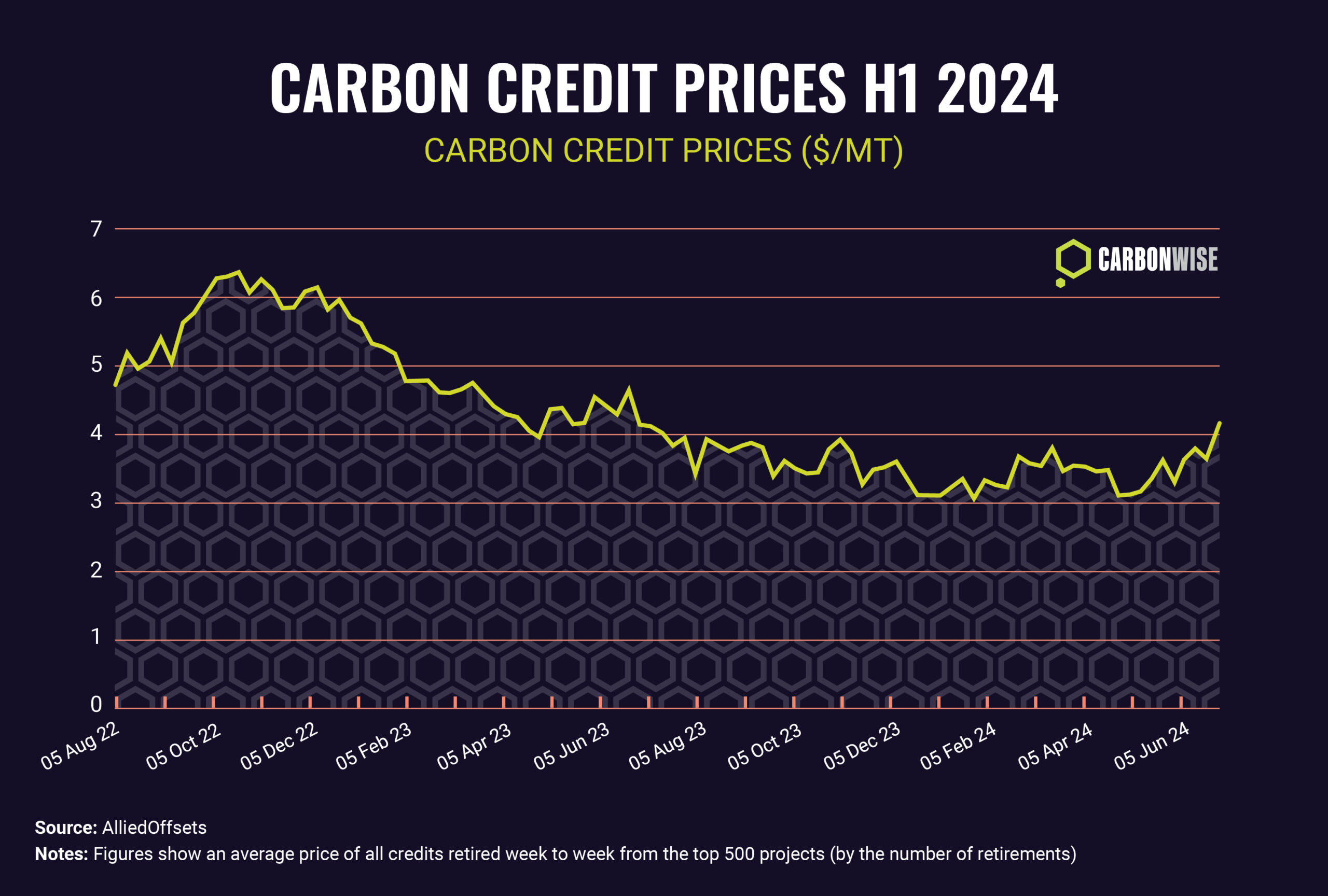Over the past three decades, global efforts to address climate change have made significant progress. As the world acknowledged the urgency of the situation, the impacts of global warming had already become deeply entrenched.
Since the 1990s, important milestones have been achieved, initiatives launched, and strategies implemented worldwide, all aimed at making a real impact and preventing further irreversible damage.
At the end of 1990, a Second World Climate Conference took place in Geneva, sponsored by the World Meteorological Organisation and the United Nations Environment Programme.
The conference consisted of two parts. The first part involved scientific presentations and technical discussions over six days, where specialists made recommendations on actions related to energy, food, water, forests, oceans, and land use. A total of 747 participants from around the world attended. The second part consisted of two days of diplomatic discussions, attended by representatives from 137 countries. During this time, they reviewed the first assessment report of the Intergovernmental Panel on Climate Change (IPCC) released earlier in 1990.
Due to the high-level participation at the Geneva conference, it laid the groundwork for a first international climate treaty. Seen as the cornerstone of global climate governance, the United Nations Framework Convention on Climate Change was implemented at the Rio Earth Summit in 1992. The treaty aimed to stabilise greenhouse gas (GHG) concentrations in the atmosphere, reaching a level that would prevent further anthropogenic damage to the climate system.
The goal was to provide enough time for ecosystems to adapt naturally and for sustainable economic development to take place. The UNFCCC endorsed the concept of “common but differentiated responsibilities,” acknowledging that different countries have varying abilities to contribute to climate mitigation based on their financial situations and resource access. Discussions also took into account historical emissions contributions when setting targets.
Building on the UNFCCC, the Kyoto Protocol emerged, offering further steps forward in climate efforts. Adopted in 1997, the legal agreement required developed countries to reduce their GHG emissions by specific targets. The Clean Development Mechanism (CDM) and emissions trading were introduced, allowing governments to offset their emissions by investing in projects hosted in developing nations. Joint implementation (JI) also allowed offsets to be earned more flexibly and cost-effectively by providing opportunities for industrialised countries to undertake projects bilaterally, such as replacing a coal-fired power plants with a more energy-efficient version.
In 2009, the Copenhagen Accord marked a transition in international climate negotiations. Its aim was to limit the global average temperature increase to below 2 degrees Celsius from pre-industrial levels. The accord emphasised transparency in reporting and the importance of raising funds to support developing nations in meeting their targets. Although not legally binding, it set a deadline and encouraged most of the major emission-contributing countries to pledge actions to reduce their carbon dioxide and other heat-trapping gas emissions. The accord also addressed deforestation and forest degradation, seeking incentives and funding to combat these issues.
Recognising the uncertainty surrounding the adequacy of pledges to meet the 2-degree target, the Durban Platform for Enhanced Action was established in 2011. It laid the groundwork for the Paris Agreement by initiating negotiations for a new agreement applicable to all countries. It highlighted the need for a more inclusive, ambitious, and comprehensive approach to tackling climate change.
Four years later, the historic Paris Agreement came into effect in 2015, signifying another milestone in the global response to climate change. For the first time, all nations agreed to take action to limit global warming below two degrees and strive for further reductions in the future. The agreement required countries to submit their voluntary Nationally Determined Contributions (NDCs), which outlined their efforts to adapt to climate change impacts and reduce national emissions.
NDCs were a significant outcome of the Paris Agreement, acknowledging the diversity of national circumstances, capabilities, and capacities. Contributions from each country are expected to become more ambitious over time. Regular reviews every five years allow for a thorough assessment and adjustment of emissions mitigation targets, financial requirements, and adaptation measures if they prove ineffective.
Renewable energy sources have witnessed significant development since 1990. With various policies and incentives promoting clean and renewable energy, there has been a noticeable shift in adopting these sources worldwide. In 2012 Sweden reached its target of 50% renewable energy. The country embraced hydropower and bioenergy to reach this target eight years ahead of schedule and is also on track to move to 100% renewable electricity production in 2040.
For the past seven years, Costa Rica has used renewables such as hydro, solar, wind, geothermal and biomass to generate a huge 98% of its electricity – and has even been able to export excess power in some years. The success stories are everywhere, Scotland, Iceland, Germany, Uruguay, and the list continues. Even China, the world’s largest carbon emitter, are leaders in solar and wind energy production efforts in terms of installed generation capacity.
It is evident that there has been a collective effort to move forward and continually improve actions against global warming. However, the average atmospheric concentration of carbon dioxide has continued to increase every year since the 1950s and none of the climate agreements made during this period has yet succeeded in even stabilising the concentration, let alone bringing it down. This raises the prospect of further temperature increases, crop failures, famine, more severe storms and flooding in coastal cities and other low-lying areas.
Ambitions must remain high and mutual respect paired with assistance is needed globally to help meet each nation’s targets. Working collaboratively to fund and develop renewable energies and carbon capture technologies is essential to making the progress needed to avert catastrophic climate impacts.





